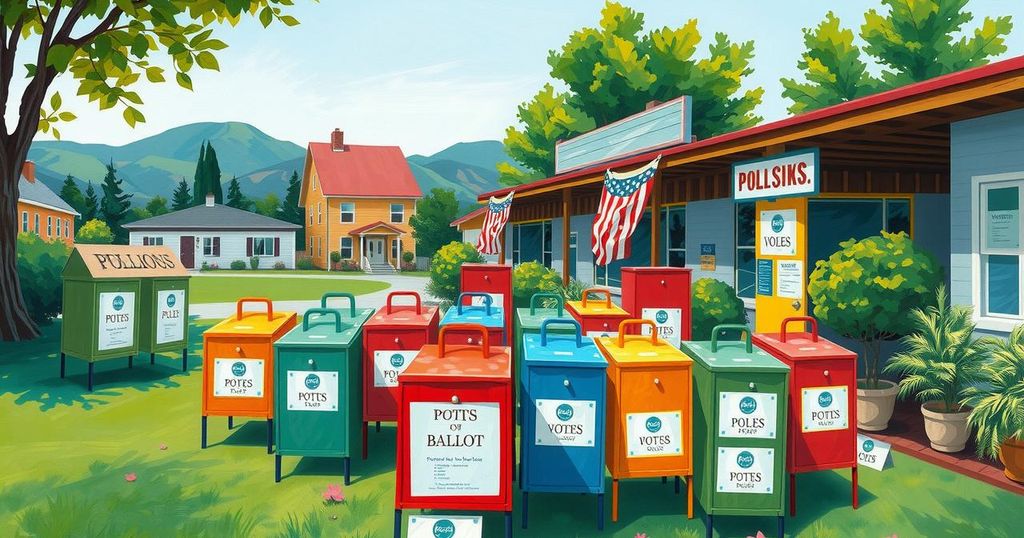Greenlanders are set to vote on March 11th in a significant election for 31 parliamentary seats, influenced by international interests, particularly from the United States under Donald Trump’s prior administration. Prime Minister Múte Bourup Egede emphasized unity amidst a pressing political climate. Six parties are competing, each with distinct visions for Greenland’s future governance as voters express a strong preference for maintaining autonomy while considering economic self-sufficiency.
On March 11th, Greenlanders will cast their votes for representatives in the parliament, known as Inatsisartut. This pivotal election will influence Greenland’s future relations with Denmark and the United States, especially under the interest expressed by former President Donald Trump regarding Greenland’s status. Voting will occur from 09:00 to 20:00 local time.
Prime Minister Múte Bourup Egede announced the election on February 4th, emphasizing the need for unity during this critical period in Greenland’s history. He posted on social media, stating, “It is time for an Inatsisartut election…a time that we have never before experienced in our country…I am more than ready to work for you and to lead our country.” He urged for collaboration for a stable and prosperous future.
The election is framed by significant issues. One prominent concern is Trump’s persistent desire for control over Greenland, alongside a promise of prosperity under US influence. His recent remarks, hinting at military and economic means to secure this control, have raised alarms. Greenlandic leaders have consistently reinforced their right to self-determination and emphasized Denmark’s sovereignty due to international support from Europe.
Additionally, domestic political discourse in Greenland centers on the pursuit of self-government and independence from Denmark, confronting the legacy of colonialism. Local issues, including the economy, education, health, and military preparedness against climate threats, remain critical to voter priorities.
Greenland operates under a parliamentary democracy as a self-governed territory within the Kingdom of Denmark. The Inatsisartut consists of 31 representatives elected for four years, utilizing a proportional representation system. The outgoing government, a coalition between Inuit Ataqatigiit and Siumut, has held power since 2022.
As of now, approximately 40,000 citizens are eligible to vote out of Greenland’s population of 56,699. The electoral law allows those aged 18 or older with Danish citizenship and permanent residency in Greenland for at least six months to participate. The next municipal elections are scheduled for April 1st, 2025.
Six parties are competing in this election: Inuit Ataqatigiit, Siumut, Naleraq, Demokraatit, Atassut, and Qulleq. Each party has its unique stance on Greenland’s future, particularly regarding self-governance and independence.
Recent polls indicate a distinct trend in public opinion, with a significant majority opposing any shift from Danish governance to US influence, as reported by researcher Ulrik Pram Gad. He notes that while polls have certain limitations, they confirm a strong desire among Greenlanders to maintain sovereignty while fostering diverse international ties.
In summary, Greenland’s parliamentary elections on March 11th carry weighty implications for the island’s future regarding its autonomy and relations with larger nations such as the United States and Denmark. The election underscores pressing issues related to self-determination, economic independence, and the impact of international politics on local governance. As such, the results may mark a pivotal moment in Greenland’s historical trajectory towards greater self-governance and global integration.
Original Source: www.highnorthnews.com






